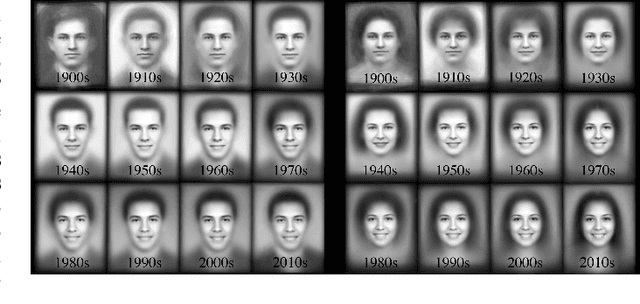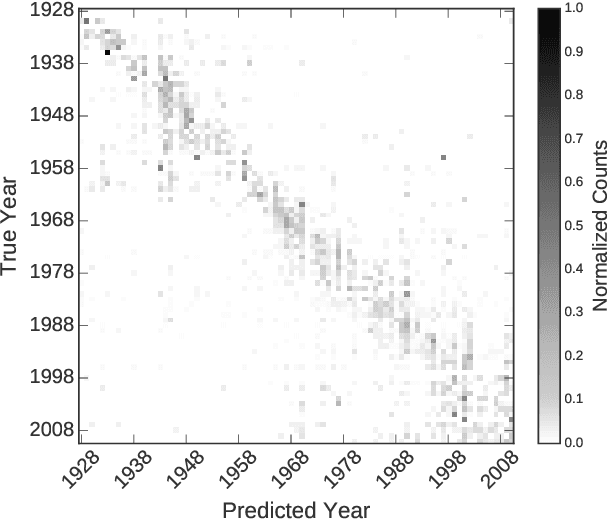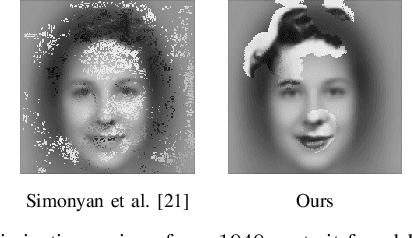Brian Yin
Cube: A Roblox View of 3D Intelligence
Mar 19, 2025Abstract:Foundation models trained on vast amounts of data have demonstrated remarkable reasoning and generation capabilities in the domains of text, images, audio and video. Our goal at Roblox is to build such a foundation model for 3D intelligence, a model that can support developers in producing all aspects of a Roblox experience, from generating 3D objects and scenes to rigging characters for animation to producing programmatic scripts describing object behaviors. We discuss three key design requirements for such a 3D foundation model and then present our first step towards building such a model. We expect that 3D geometric shapes will be a core data type and describe our solution for 3D shape tokenizer. We show how our tokenization scheme can be used in applications for text-to-shape generation, shape-to-text generation and text-to-scene generation. We demonstrate how these applications can collaborate with existing large language models (LLMs) to perform scene analysis and reasoning. We conclude with a discussion outlining our path to building a fully unified foundation model for 3D intelligence.
A Century of Portraits: A Visual Historical Record of American High School Yearbooks
Nov 09, 2015



Abstract:Many details about our world are not captured in written records because they are too mundane or too abstract to describe in words. Fortunately, since the invention of the camera, an ever-increasing number of photographs capture much of this otherwise lost information. This plethora of artifacts documenting our "visual culture" is a treasure trove of knowledge as yet untapped by historians. We present a dataset of 37,921 frontal-facing American high school yearbook photos that allow us to use computation to glimpse into the historical visual record too voluminous to be evaluated manually. The collected portraits provide a constant visual frame of reference with varying content. We can therefore use them to consider issues such as a decade's defining style elements, or trends in fashion and social norms over time. We demonstrate that our historical image dataset may be used together with weakly-supervised data-driven techniques to perform scalable historical analysis of large image corpora with minimal human effort, much in the same way that large text corpora together with natural language processing revolutionized historians' workflow. Furthermore, we demonstrate the use of our dataset in dating grayscale portraits using deep learning methods.
 Add to Chrome
Add to Chrome Add to Firefox
Add to Firefox Add to Edge
Add to Edge